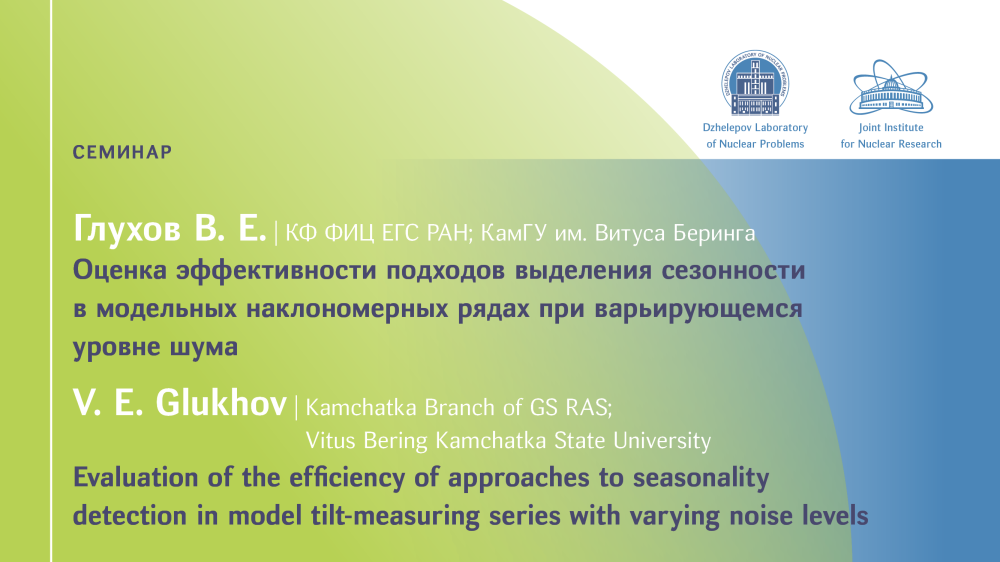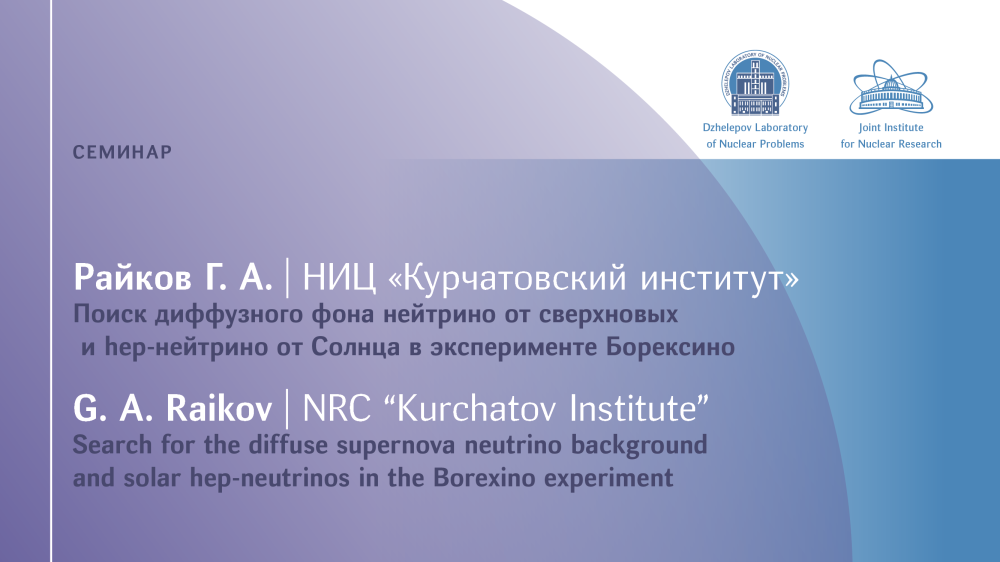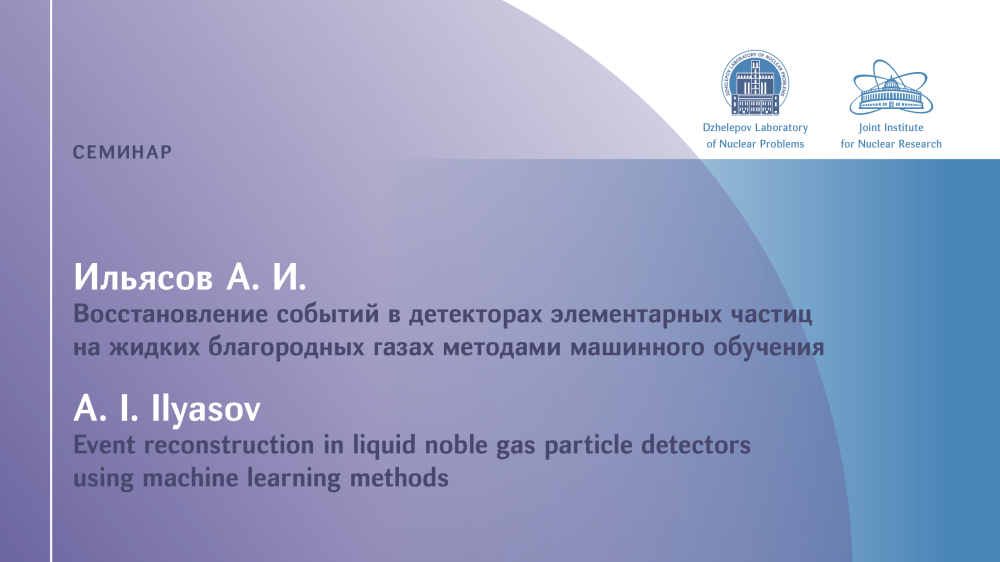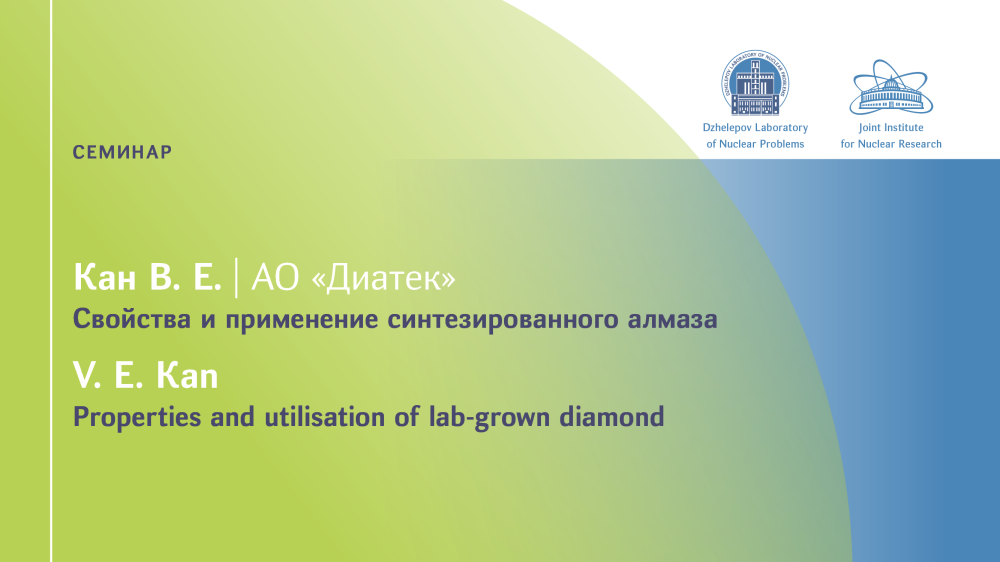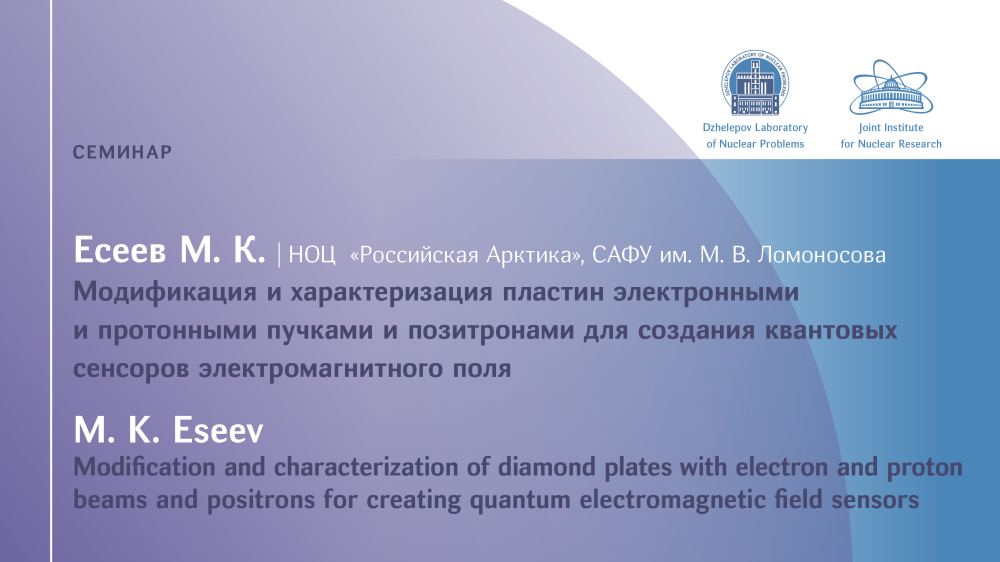Masashi Yokoyama, Ken Sakashita and Masato Shiozawa (Japan): "Status and future prospect of T2K experiment with J-PARC neutrino beam and near detectors" и "The Hyper-Kamiokande project"
Abstract
The T2K experiment is an accelerator based long baseline neutrino oscillation experiment which produces a muon neutrino beam at J-PARC, Japan Proton Accelerator Research complex and detect the neutrinos by the Super-Kamiokande detector at 295km from J-PARC. In the J-PARC site, near detectors are located to characterize the neutrino beam and its interaction in detail. T2K has been leading the world study of neutrino oscillation for the past decade; we have reported the first observation of muon to electron-type neutrino oscillation and the first hint of CP violation in the lepton sector. In order to further enhance the physics capability and to lay foundations for the future experiment with Hyper-Kamiokande, upgrades the neutrino beam and near detectors are planned. The latest results and the future prospect will be presented.
Слайды к этому докладу можно посмотреть здесь: t2k_seminar.20190424.pdf
2. "The Hyper-Kamiokande project".
Masato Shiozawa (Institute for Cosmic Ray Research, University of Tokyo)
Abstract
The Super-Kamiokande detector has been providing fascinating results in particle physics and astrophysics over more than 20 years, most notably the discovery of neutrino oscillation which was awarded the 2015 Nobel Prize in Physics. The Hyper-Kamiokande or Hyper-K, as a straightforward extension of the Super-Kamiokande, will provide major new capabilities to make new discoveries in particle and astroparticle physics thanks to an order of magnitude increase in detector mass and improvements in photon-detection system along with the envisioned J-PARC Megawatt-class neutrino beam. The Hyper-K and J-PARC neutrino beam measurement of neutrino oscillation is more likely to provide a 5-sigma discovery of CP violation than any other existing experiment. Hyper-K will also be the world leader for nucleon decays. The sensitivity to the partial lifetime of protons for the decay modes of p→e+pi^0 is expected to exceed 10^35 years. Finally, the astrophysical neutrino program involves precision measurement of solar neutrinos and their matter effects, high-statistical Supernova burst and Supernova relic neutrinos. The Hyper-K is expected to start operation in ~2027.
Слайды к этому докладу можно посмотреть здесь: Hyper-Kamiokande-project-Shiozawa-JINR-190424v0.2-dist.pdf



